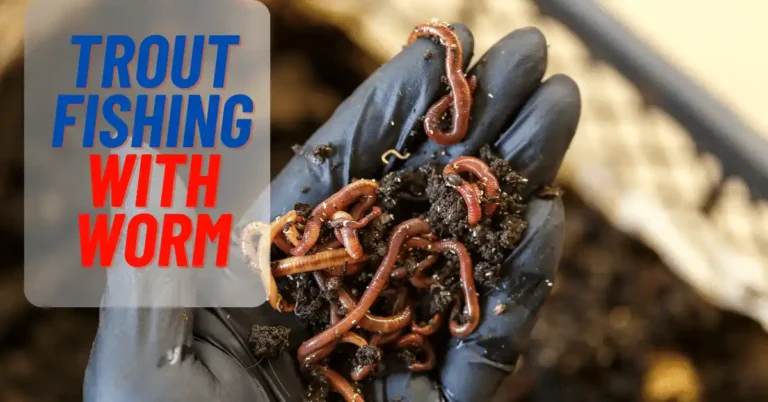Trout Fishing With Worms: 6 Best Worms and Winning Tips
Trout Fishing With Worms: 6 Best Worms and Winning Tips Did you know that using worms to catch trout is a really good way to fish? It might be surprising, but it works well. Whether you’re a pro or just starting, it’s a fun way to go fishing. Worms are good for fishing because they…

